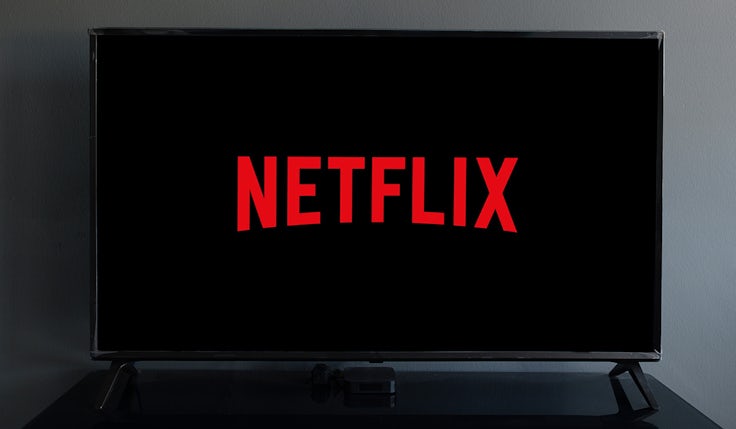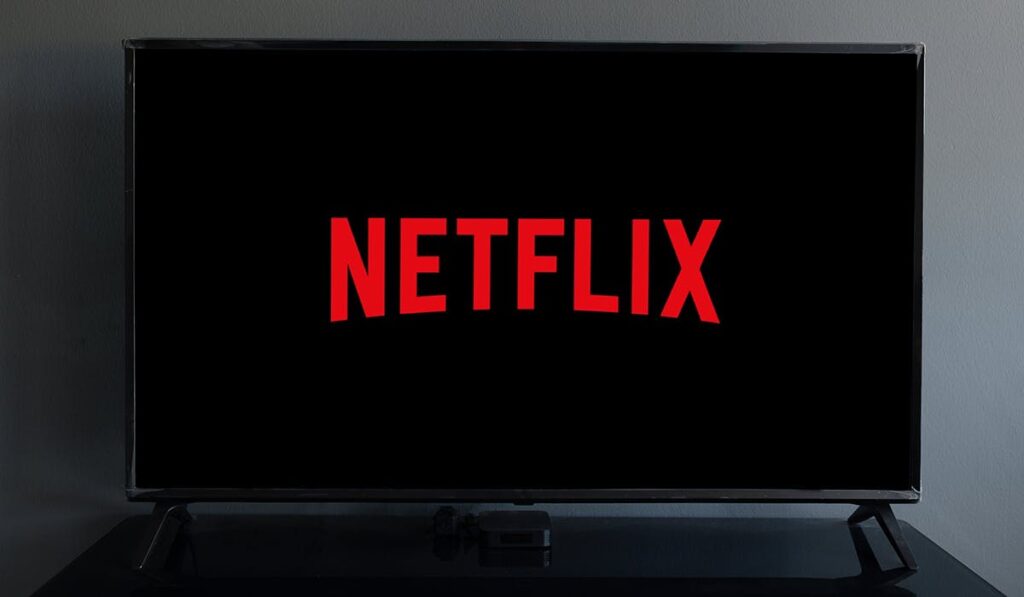 Netflix achieved its largest subscriber growth ever, adding 19 million new users in the final three months of 2024.
Netflix achieved its largest subscriber growth ever, adding 19 million new users in the final three months of 2024.
Over half (55%) of these sign-ups came from its ad-supported tier in countries where the option is available.
Memberships in the ad plans grew by 30% quarter-on-quarter, building on a 35% increase in the previous quarter. The streaming giant has doubled its advertising revenue year-on-year and expects to double it again this year.
Speaking to investors last night (21 January), co-CEO Gregory Peters said the engagement of those members subscribed to its ad-tier options remains “healthy”.
“View hours per member on the ads plan is similar to engagement on our standard non-ads plan in our ads country,” he explained.
“And that means that increasingly, we’ve been able to shift more of our focus, more of our attention on making the offering better for advertisers to increase monetisation of that growing inventory.”
2025 is the year that we transition from crawl to walk.
Gregory Peters, Netflix
As part of this, the streaming giant has introduced its own ad stack, which it has been trialling in Canada before rolling out the rest of its 12 ad countries later this year. The technology allows advertisers to cut out third-party involvement when buying their ad placements, with ad-buying transactions going directly through the Netflix platform.
Peters highlighted the initial advantages of the in-house ad server, including the ability to offer greater flexibility to advertisers, multiple buying options, fewer activation hurdles and an improved buyer experience. He claimed the first-party ad tech platform enhances targeting capabilities, data access, measurement, reporting and incrementality studies for advertisers.
“2025 is the year that we transition from crawl to walk,” he said, referring to ad monetisation.
Meanwhile, Peters noted the company is eyeing a “growing piece” of the $25bn (£20.3bn) spend on CTV.
Price hikes
For the three months ending 31 December 2024, Netflix’s revenue increased 16% to $10.25bn (£8.3bn). Sales and marketing spend increased 9.8% from $2.66bn (£2.2bn) to $2.92bn (£2.4bn) for the full year and $916.6m (£745.5m) to $976.2m (£793.9m) for the quarter.
The streaming giant also announced it will increase prices for users in the US, Canada, Portugal and Argentina, but has not confirmed whether the UK will see any similar price hikes.
In the US, the standard ad-supported plan will increase to $7.99 (£6.49), a standard plan without ads will increase to $17.99 (£14.60) and a premium plan will rise to $22.99 (£18.66).
Netflix is signalling confidence that price hikes won’t spark mass cancellations, raising its revenue outlook for 2025 to a mid-range of $44bn (£36bn), a projected 13% increase from last year.
“When you’re going to ask for a price increase, you better make sure you have the goods and the engagement to back it up,” Netflix co-CEO Ted Sarandos said.
The streaming giant’s foray into live events has been partly credited with the growth in subscribers. November’s boxing match between Jake Paul and Mike Tyson drew 65 million streams worldwide. However, Peters noted the vast majority of its subscriber adds were driven by the “broad slate” in its global portfolio, including the return of one of its biggest TV shows, Squid Game 2.
Sarandos noted these “big swings” worked well in the quarter. However, he stressed that sustained revenue growth requires every part of the business to align.
“Everything has to be working, the product, the pricing teams, the marketing, the advertising,” said Sarandos.
Looking ahead, CFO Spencer Neumann highlighted Netflix’s commitment to its growth priorities, including its product and engineering teams to build out ads, live events and games capabilities, as well as its new user interface to enhance our product discovery.
“We’re also investing in the marketing and sales line, mostly on the sales side as we build out our ads sales organisation and go-to-market capabilities,” Neumann added.


